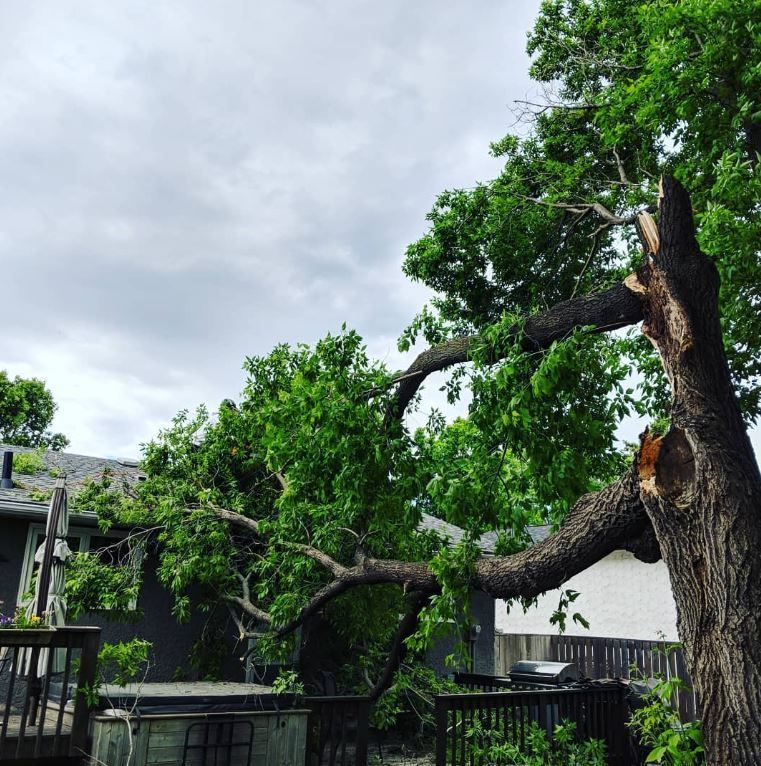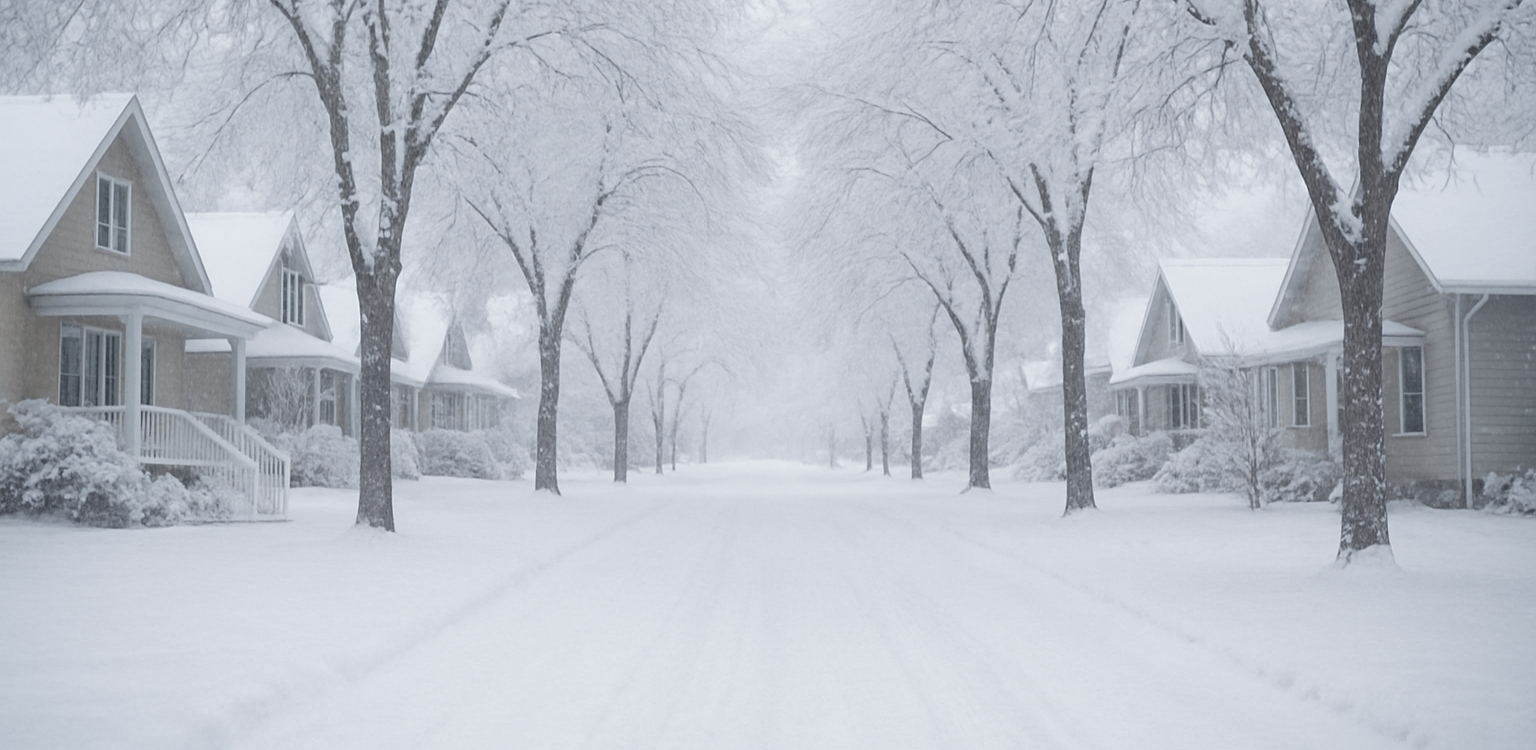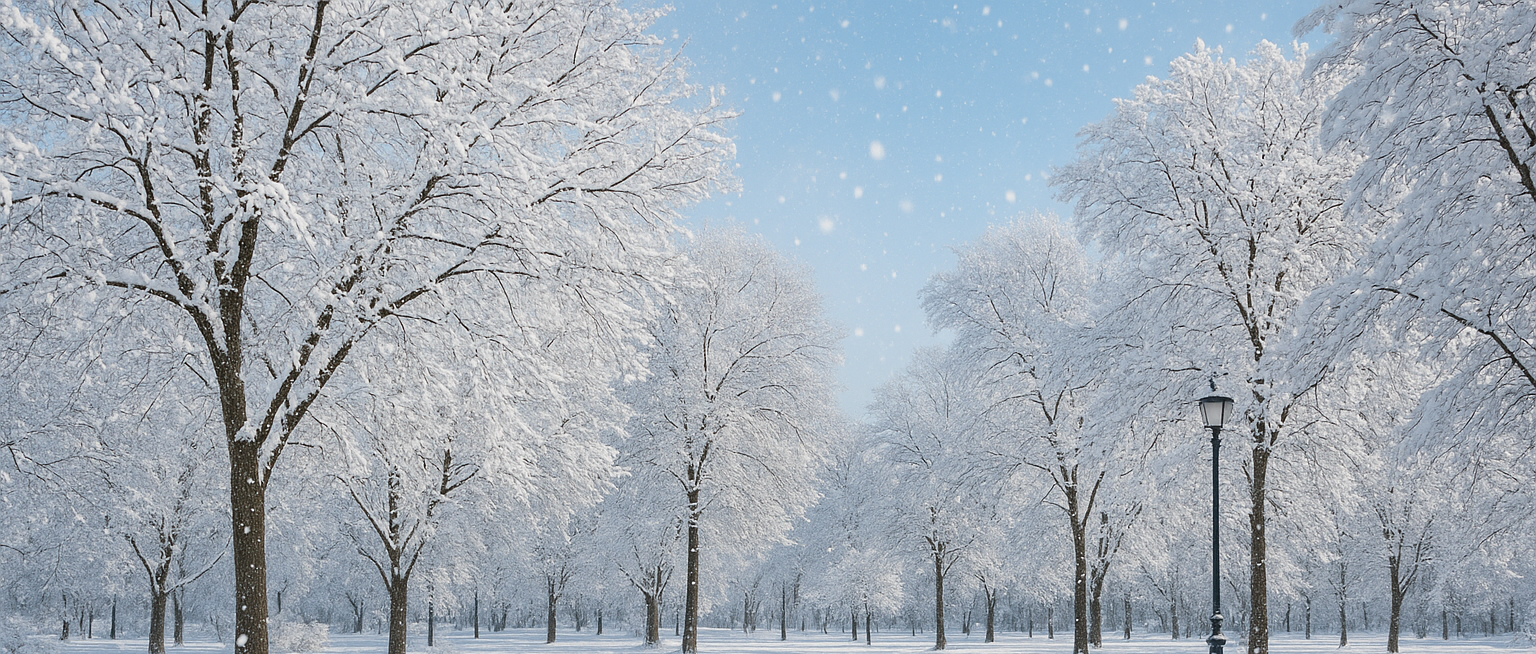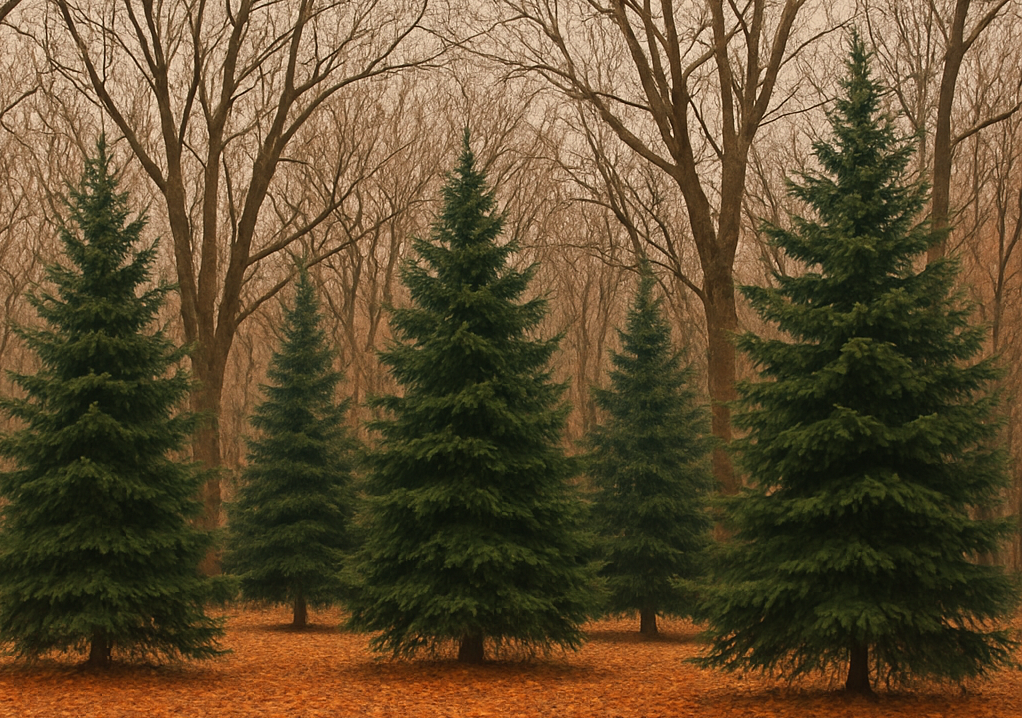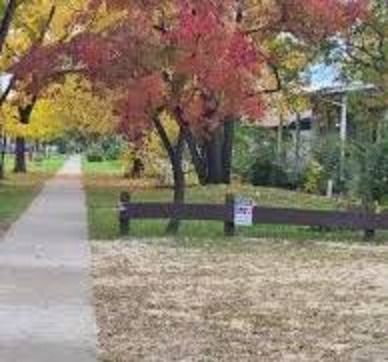How to Prepare Trees for Severe Weather: Tips for Minimizing Storm Damage
Trevor Soltys & Paul Kasper
Severe weather can wreak havoc on trees, causing damage to branches, trunks, and roots. However, there are steps that can be taken to prepare trees for severe weather and minimize the potential for damage. By following these tips, you can help protect your trees and ensure their health and longevity.
Tips for Minimizing Storm Damage:
1. Prune Regularly:
One of the best ways to prepare trees for severe weather is to prune them regularly. By removing dead or weak branches, you can reduce the risk of them breaking off during a storm and causing damage to the tree or surrounding property. It is important to prune trees properly, following the natural shape of the tree and avoiding cutting too close to the trunk.
2. Mulch Around the Base:
Mulching around the base of trees can help protect their roots from extreme weather conditions. Mulch acts as a buffer, helping to retain moisture in the soil and regulate temperature fluctuations. It also helps to prevent soil compaction, which can restrict root growth. Be sure to spread mulch evenly around the base of the tree, leaving a few inches of space between the mulch and the trunk to prevent rot.
3. Support Weak Branches:
If you have trees with weak branches that are prone to breaking in severe weather, consider installing support systems to help strengthen them. This can include using cables or braces to help distribute the weight of the branches more evenly and reduce the risk of them snapping off. It is important to consult with a professional arborist before installing any support systems to ensure they are installed correctly and will not cause harm to the tree.
4. Water and Fertilize Properly:
Proper watering and fertilization are essential for maintaining the health and resilience of trees. During periods of drought or extreme heat, it is important to water trees deeply and infrequently to encourage deep root growth. Fertilizing trees with a balanced fertilizer can also help improve their overall health and make them more resilient to severe weather conditions.
5. Inspect Regularly:
Regularly inspecting trees for signs of disease, pest infestations, or structural issues can help identify potential problems before they escalate during severe weather. Look for signs of decay, cracks in the trunk, or pest damage, and address any issues promptly. If you are unsure about the health of your trees, consult with a professional arborist for a thorough assessment and recommendations for treatment.
By following these tips for preparing trees for severe weather, you can help minimize the potential for damage and ensure the health and longevity of your trees. Taking proactive steps to care for your trees can help protect them during storms and other extreme weather events, ultimately saving you time and money in the long run. Remember to always prioritize safety when working on trees, and consult with a professional arborist for assistance with any complex tree care needs.
